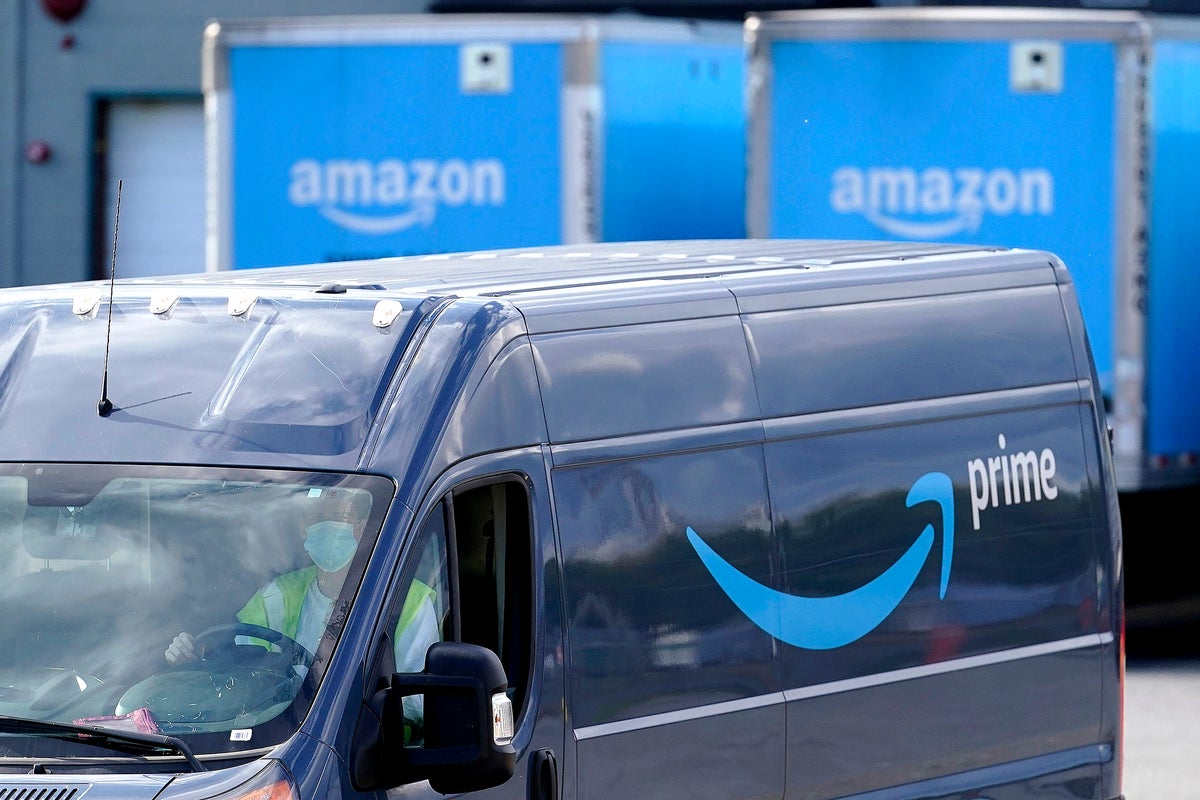The invisible architects: How can ingredient brands scale?

It’s the story as old as (industrial) time. In the design/innovation world, not every great result will carry its maker’s name. There are some notable exceptions. Corning is the widely known supplier of ultradurable glass (Gorilla Glass) used in iPhones, for example. And GORE-TEX is known for premium outdoor gears’ breathable waterproof membrane, a material of choice. But behind most every iconic solution there are scores of silent partners like our own, Chang Robotics, whose involvement may never be known.
Herein lies the problem: How can you gain recognition, build authority, and attract new business while honoring strict NDAs or white-label relationships?
I know this challenge keenly. We provide scores of organizations with game-changing automation. But how will the next set of Fortune 500 CEOs considering new automation or reshoring know they should talk to us?
We are far from alone. In 2022, there were some 239,000 U.S. manufacturing organizations— engineering firms, product designers, and R&D labs. All but 4,177 have fewer than 500 employees. We comprise the legions whose design and production touches most products we experience, but whose names are seldom part of the story.
Here are five ways to share the news about our achievements to allow us to scale:
1. Tell the story without naming names
One of the most effective strategies is to frame your achievements by category, not by client. Rather than revealing client names we describe the following:
- The type of client: e.g., “a Fortune 100 healthcare device manufacturer” or “a leading North American foods and packaging provider.”
- The challenge solved: e.g., “We accelerated time-to-market by 42% for a new diagnostic platform.”
- The impact achieved: e.g., “We are eliminating the use of PFAs (forever chemicals) in food packaging.”
We can maintain confidentiality while still showcasing credible and impactful stories. In some cases, we can show the world a physical product in final development before any branding is attached.
Sometimes after time passes and development cycles are complete, customers may be willing to officially or unofficially acknowledge a partner’s role. Or they may allow the client to use them as a confidential reference, or name them as client if you don’t disclose confidential details of your work. Any of these moves, especially in aggregate, can speed your ability to gain the authority you deserve.
2. Own your domain expertise through thought leadership
Even when you can’t name who you’re working with, you can be very clear about what you do and why it matters. Take every possible opportunity to publish thought leadership reports that explore:
- Emerging trends in your field
- Lessons learned from anonymous project work
- Predictions about where your segment is headed
Provide this information in as specific and meaningful detail as possible. We do this frequently through white papers and research reports about the industries and development categories we touch. This strategy positions your brand as a go-to expert without violating confidential ground. Some of your clients or prospective clients may even be willing to participate in the white paper projects as sources.
3. Create your own use cases
When you can’t speak about the solutions you’ve built for others, consider building your own. Create demo products, concept videos, or “hypothetical” use cases that mirror real-world applications aligned with industries you’re targeting.
Or—taken to full fruition—underwrite and support portfolio firms of your own. We’ve stepped into this arena, creating the Chang Robotics Fund, which has already invested in eight companies. It is allowing us to scale in several significant ways:
1) We can be fully visible for our roles in each portfolio company.
2) We can display the results of our technical prowess.
3) Perhaps most valuable for us, some results are based on IP from our core employees. This provides them the opportunity to participate as equity owners in their projects while also enjoying the security of their employee positions.
To a large degree, this is a model where everyone wins.
4. Gain visibility through the right channels
In your effort to gain authority in your sector, focus on information channels that reward expertise over promotional content such as:
- Contribute to leading business and trade publications or speak at industry events. My participation in the Fast Company Innovation Council is an example of this.
- Use platforms like LinkedIn, X, and even TikTok to share expertise and insights (not sales pitches) aligned with the vertical markets you serve. I cannot emphasize the value of these efforts enough, as they comprise some of our most successful achievements in driving new business in 2025-2026.
These environments elevate your voice among peers and prospects without needing to self-promote or name-drop.
5. Partner with clients for joint wins
When your clients can publicly acknowledge your role, even as a footnote, be ready to draft joint case studies, share in award applications, and coauthor technical papers or conference presentations.
This is more difficult when clients are publicly traded organizations. But many clients (and particularly major university clients and partners) are open to win-win mutual visibility. This is especially true in technical fields where peer credibility counts, and the academic research can be helpful for your own organization as well.
Final words
Invisibility is not inevitable. For ingredient brands, strategic storytelling, anonymized case studies, and consistent thought leadership can earn you deserved attention and credibility—even if your logo never appears on the box.
Matthew Chang is founder and principal engineer of Chang Robotics.
What's Your Reaction?
 Like
0
Like
0
 Dislike
0
Dislike
0
 Love
0
Love
0
 Funny
0
Funny
0
 Angry
0
Angry
0
 Sad
0
Sad
0
 Wow
0
Wow
0




























































































